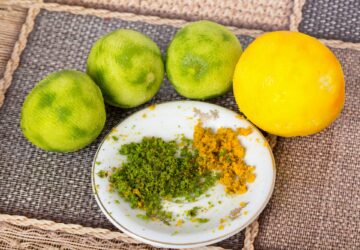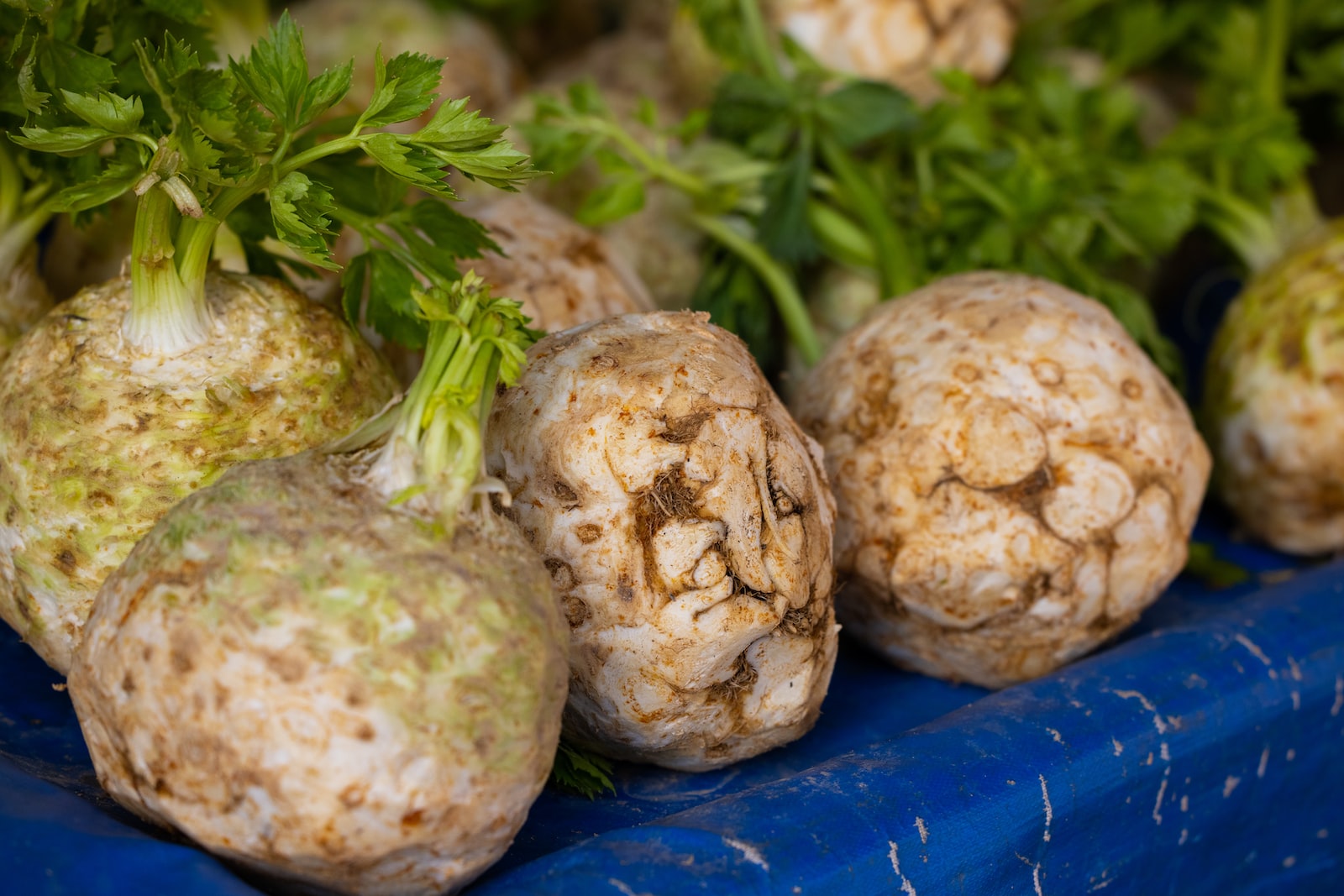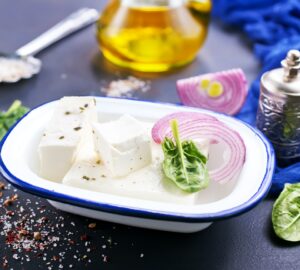Celery is a vegetable that is widely cultivated and consumed around the world for its crunchy texture and mild, slightly sweet flavor. It is a member of the Apiaceae family, which also includes carrots, parsley, and fennel.
Celery is a good source of vitamins and minerals, including vitamin K, vitamin C, folate, and potassium. It is also low in calories and high in fiber, making it a healthy addition to any diet. Some studies suggest that eating celery may help lower blood pressure and reduce inflammation in the body.
Celery is often used as a flavoring ingredient in soups, stews, and sauces, and is also a popular ingredient in salads and as a snack. The stalks can be eaten raw or cooked, and the leaves are often used as a garnish or added to salads and soups for extra flavor.
When selecting celery, it is important to choose stalks that are firm, with crisp leaves and no signs of wilting or discoloration. Celery should be stored in the refrigerator and can be kept for up to two weeks.
Celery has a long history of use in both culinary and medicinal applications. Ancient Greeks and Romans believed that celery had medicinal properties and used it to treat a variety of ailments, including digestive issues and arthritis. In traditional Chinese medicine, celery has been used to treat high blood pressure and improve digestion.
In addition to its culinary and medicinal uses, celery has also been studied for its potential health benefits. Some studies suggest that celery may have anti-inflammatory and antioxidant properties, and may help reduce the risk of certain cancers.
While celery is generally safe to eat, some people may experience an allergic reaction to it. Symptoms of a celery allergy can include itching, swelling, and difficulty breathing. If you experience any of these symptoms after eating celery, it is important to seek medical attention.
Overall, celery is a versatile and nutritious vegetable that offers a variety of health benefits. Whether eaten raw or cooked, it adds a flavorful and crunchy element to many dishes and will continue to be an important ingredient in kitchens around the world.








